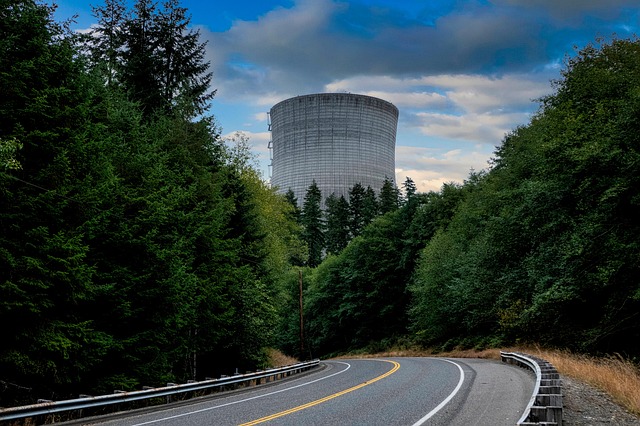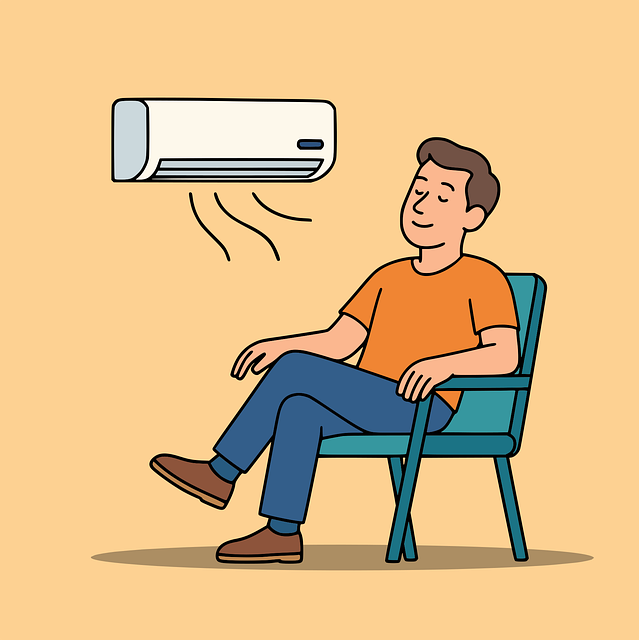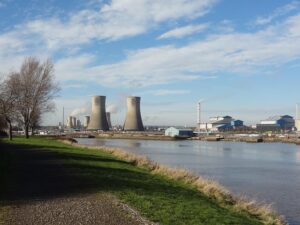In high-ceilinged industrial settings like warehouses and manufacturing facilities, effective industrial unit heaters are crucial for even temperature distribution. Specialized solutions such as gas fired heaters, electric unit heaters, and suspended heaters mounted at ceiling level ensure consistent warmth. Forced air heating methods prove ideal for these industrial applications, enabling precise temperature management. Heaters designed for high ceilings offer enhanced heat distribution, energy efficiency, and durable construction, addressing unique challenges of expansive warehouses and manufacturing facilities. Strategic installation and customization based on space dimensions and industry needs optimize comfort, safety, production processes, and energy costs.
Industrial unit heaters play a pivotal role in high ceiling applications, addressing unique heating challenges posed by expansive spaces. This article delves into the intricacies of these applications, highlighting how specialized heaters mitigate issues like uneven temperature distribution and air circulation in vast environments. We explore key features, benefits, and selection guidelines for industrial unit heaters tailored to high ceilings, offering best practices for effective and efficient heating solutions.
- Understanding High Ceiling Applications and Their Unique Heating Challenges
- Key Features and Designs of Industrial Unit Heaters for High Ceilings
- Benefits and Advantages in Using Specialized Heaters for Such Environments
- Selection Guidelines and Best Practices for Effective High Ceiling Heating Solutions
Understanding High Ceiling Applications and Their Unique Heating Challenges

In high ceiling applications like warehouses and manufacturing facilities, understanding the unique heating challenges is crucial for effective industrial unit heaters. Ceilings that are significantly taller than typical commercial spaces present several obstacles to efficient commercial heating. The primary challenge lies in ensuring even heat distribution across a larger area, where warm air tends to rise and accumulate near the ceiling, leaving the floor colder.
This dynamic requires specialized solutions such as gas fired heaters or electric unit heaters designed for suspended mounting, like suspended heaters, which can maintain a consistent temperature throughout the space. Forced air heating methods are particularly effective in these industrial applications, as they facilitate better control over BTU ratings and enable more precise temperature management, catering to the heavy duty construction and demanding requirements of these environments.
Key Features and Designs of Industrial Unit Heaters for High Ceilings

Industrial unit heaters designed for high ceiling applications are specifically tailored to cater to the unique challenges presented by warehouses and manufacturing facilities with elevated interiors. These heaters boast heavy-duty construction, ensuring they withstand harsh industrial environments. Key features include powerful forced air heating systems that distribute heat evenly across vast spaces, addressing the need for efficient warehouse heating or commercial heating in similar settings.
Suspended heaters, a popular choice for high ceiling applications, offer versatile installation options and are available in both gas fired heaters and electric unit heaters. Each is selected based on specific requirements, with gas fired heaters often preferred for their rapid heat-up times and ability to provide consistent, reliable warmth, while electric models are favored for ease of use and energy efficiency. These heaters are equipped to handle demanding industrial applications, featuring high BTU ratings that translate into robust heating performance, ensuring comfort and productivity in any space.
Benefits and Advantages in Using Specialized Heaters for Such Environments

Specialized industrial unit heaters designed for high ceiling environments offer a range of benefits tailored to the unique challenges of such settings. These include superior heat distribution and efficient energy utilization, which are crucial for ensuring uniform warmth across expansive warehouse heating or manufacturing facilities. Suspended heaters, for instance, can be strategically positioned to provide direct and indirect forced air heating, catering to both open floor plans and more intricate industrial layouts.
Furthermore, these heaters often boast heavy-duty construction and robust materials that withstand the rigors of commercial heating in demanding industrial applications. Electric unit heaters and gas fired heaters, with their varying BTU ratings, allow for precise temperature control, enhancing worker comfort and safety. This level of customization not only optimizes production processes but also reduces energy costs, making them essential tools for maintaining productivity in large-scale manufacturing facilities.
Selection Guidelines and Best Practices for Effective High Ceiling Heating Solutions

When selecting high ceiling heating solutions for industrial applications like warehousing or manufacturing facilities, a systematic approach is essential. The primary consideration lies in understanding the unique challenges posed by vast and elevated spaces, including efficient heat distribution and addressing cold spots. Industrial unit heaters designed with heavy-duty construction and advanced features are ideal for such scenarios.
Best practices dictate that you match the heating system’s BTU ratings to the overall square footage and ceiling height of your commercial space. For instance, gas fired heaters or electric unit heaters with suspended configurations offer versatile forced air heating options suitable for diverse industrial needs. These heaters are not only efficient but also easy to install and maintain, ensuring optimal performance in high-ceiling environments throughout various industrial applications.
Industrial unit heaters, tailored for high ceiling applications, offer a specialized solution to unique heating challenges. By understanding the specific needs of these environments and considering key features like efficient heat distribution and robust construction, businesses can benefit from enhanced energy performance and improved workplace comfort. Following best practices during selection ensures optimal results, making these heaters a game-changer for navigating challenging high-ceiling spaces.














